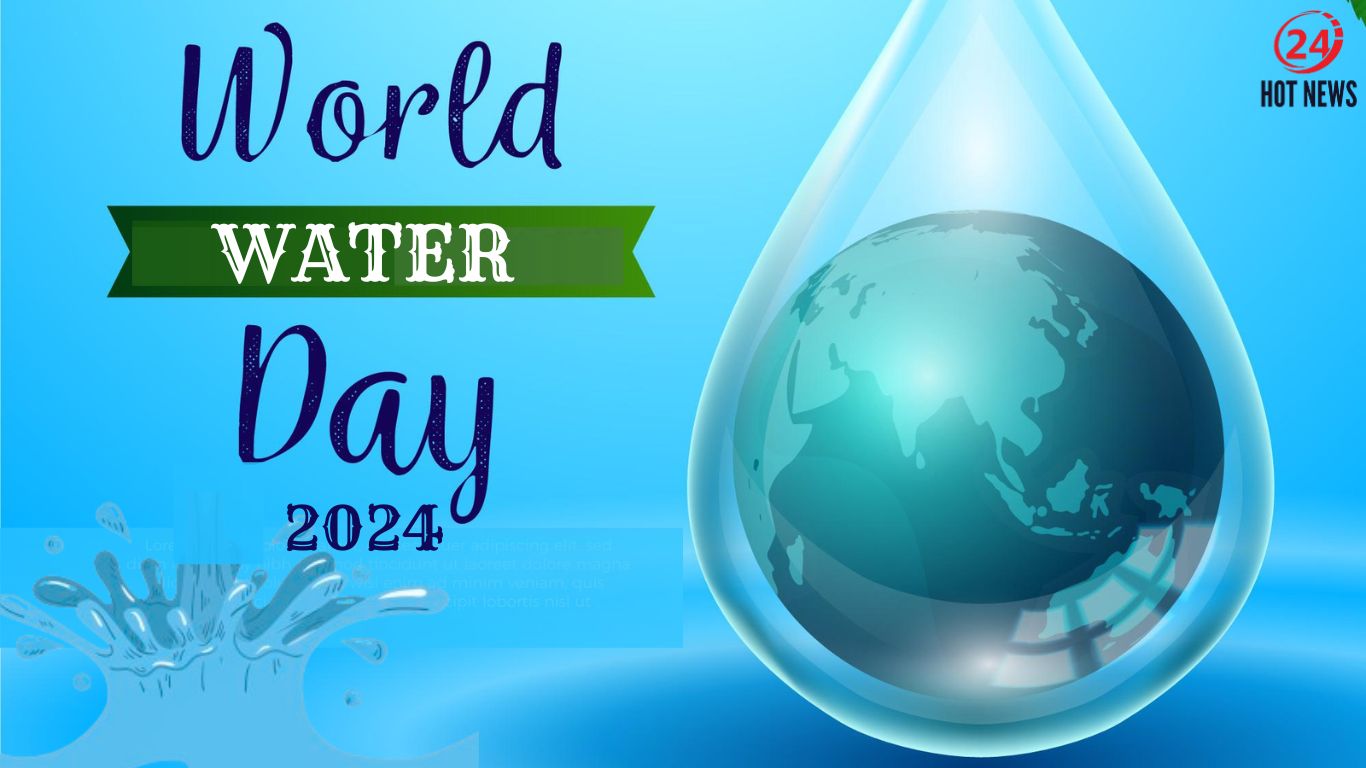Chandrayaan-3’s Lunar Dance
The Indian Space Research Organisation (ISRO) has once again etched its name in the annals of space exploration with the successful descent of Chandrayaan-3’s Vikram lander on the lunar surface. This historic event, which took place on August 23,Chandrayaan-3’s Lunar Dance was not just a landing but a meticulously choreographed dance of speed, time, and distance. Now, nearly two months later, ISRO has shared detailed research on those crucial final moments when the Indian spacecraft made history on another celestial body. One of the intriguing discoveries made during this mission is the creation of an ‘ejecta halo,’ shedding light on lunar geology and the dynamics of lunar impacts.
The Enigmatic Ejecta Halo
The term ‘ejecta halo’ might sound unfamiliar, but it can be understood through a simple analogy. When a meteorite or asteroid collides with the Moon’s surface, it creates a crater. Chandrayaan-3’s Lunar Dance The material excavated from the impact site is referred to as ejecta, which can comprise rocks, soil, and lunar dust. This ejecta is often ejected in various directions, forming a distinctive pattern around the crater, and this pattern is what we call the ejecta halo. The appearance and extent of an ejecta halo depend on multiple factors, such as the size and speed of the impacting object, the properties of the lunar surface, and the angle of impact. Studying ejecta halos can provide valuable insights into the dynamics of lunar impacts and the geological history of the Moon.
ISRO’s Fascinating Discovery
As the Vikram lander descended just a few meters above the lunar surface at Shiva Shakti Point, its descent thrusters initiated the ejection of a significant amount of lunar surficial epiregolith material, Chandrayaan-3’s Lunar Dance creating a phenomenon known as a ‘reflectance anomaly’ or ‘ejecta halo.’ Chandrayaan-3’s Lunar Dance This irregular bright patch appeared around the lander due to the displaced lunar material.
Indian scientists have employed high-resolution panchromatic imagery from the Orbiter High-Resolution Camera (OHRC) of the Chandrayaan-2 orbiter to investigate this phenomenon. These images, captured both before and after the landing event, provided the crucial data required to map and classify the uncorrelated ‘ejecta halo’ pixels. Chandrayaan-3’s Lunar Dance The findings suggest that approximately 2.06 tonnes of lunar epi regolith were ejected due to the landing event, covering an area of about 108.4 square meters.Chandrayaan-3’s Lunar Dance
The Significance of the Discovery
This discovery is of immense significance as it offers valuable insights into how lunar materials behave during landing events. It also opens up new avenues for research and a deeper understanding of lunar geology, paving the way for more detailed and comprehensive studies in the future.
Ejecta halos play a vital role in unraveling the history of lunar impacts. By analyzing the distribution and characteristics of these halos around lunar craters, scientists can gain insights into the frequency and size of impact events over time. This, in turn, helps in understanding the lunar surface’s geological evolution and the rate at which it has been shaped by cosmic collisions.
Moreover, the ejected lunar material can provide important information about the composition of the lunar soil and rocks. The movement and distribution of debris across the lunar surface can shed light on the dynamics of lunar regolith (soil). This includes processes like the movement of fine dust particles and the redistribution of material across the Moon’s surface, which could be integral to future lunar exploration endeavors.
ISRO’s Growing Prowess in Space Exploration
The successful soft landing of the Vikram lander and the subsequent data collection underscore India’s growing prowess in the field of space exploration. With each mission, ISRO continues to push the boundaries of scientific knowledge and technological capabilities. The Chandrayaan-3 mission represents a significant step forward, allowing India to explore, study, and contribute to our understanding of Earth’s closest neighbor – the Moon.
As the data from Chandrayaan-3 begins to flow, we can expect new and previously unknown details about the Moon to emerge. Chandrayaan-3’s Lunar Dance This mission not only highlights ISRO’s commitment to scientific discovery but also its ambition to foster a deeper understanding of the lunar world. It is a testament to India’s growing influence in space exploration and its role in expanding our knowledge of the cosmos. The ejecta halo discovery is just one example of the valuable contributions that India is making to the field of lunar science, and it foreshadows exciting prospects for future lunar exploration.






